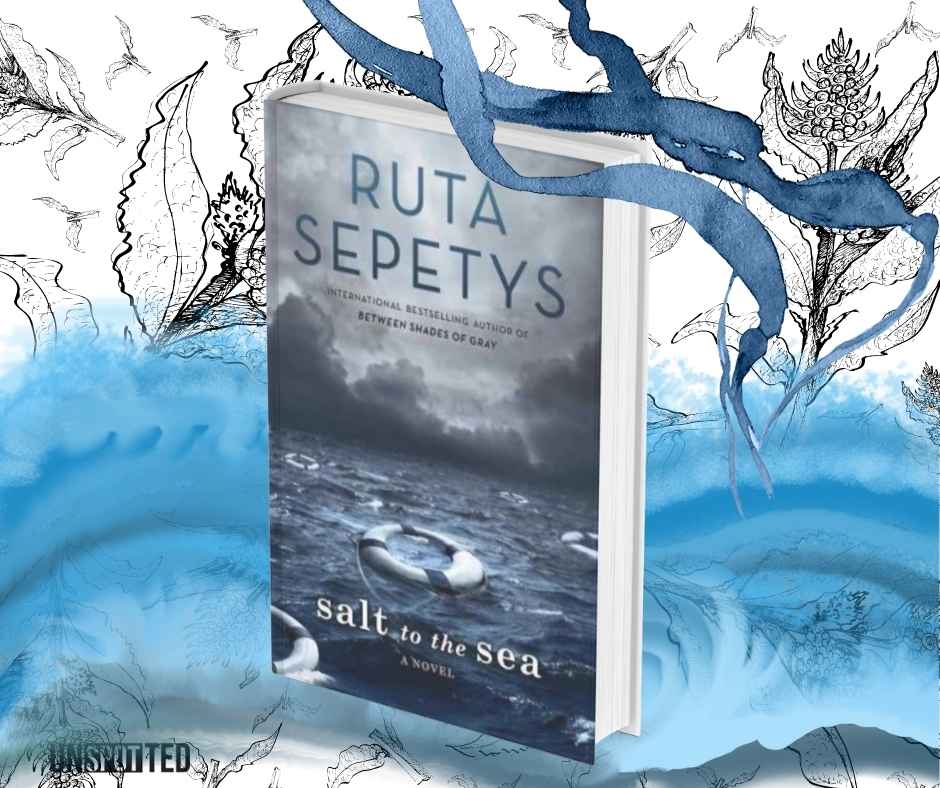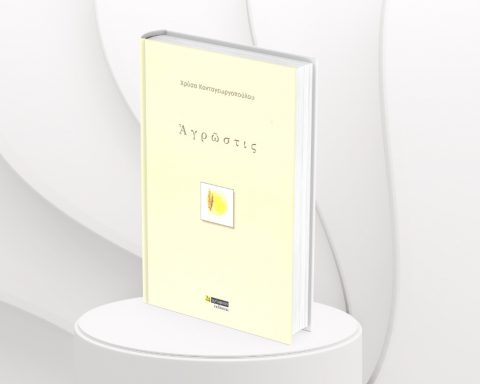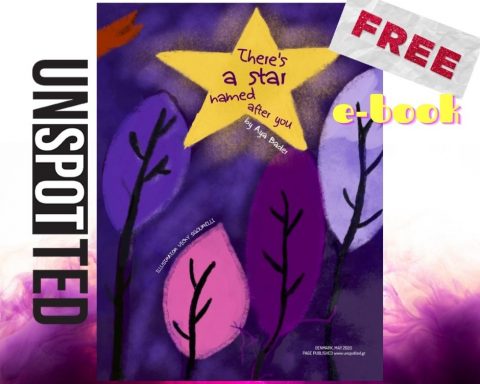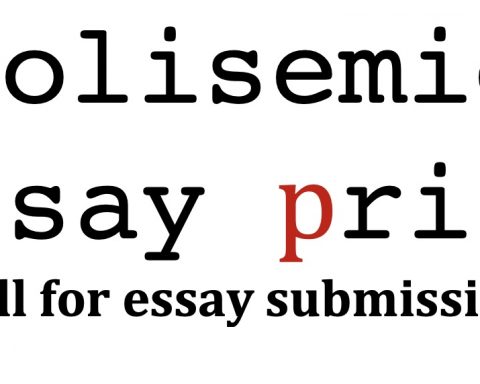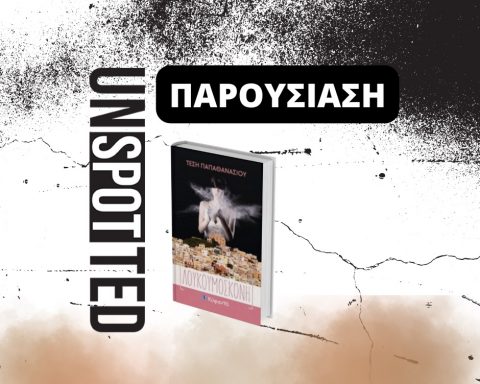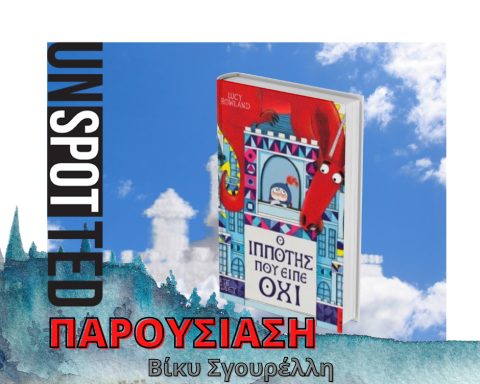Children’s literature seems to be quite a broad category. Salt to the Sea has a place in children’s literature. It certainly does since it meets all the criteria. Salt to the Sea can provide both instruction and delight (Hunt, 2009, p. 18-19). Besides the literary merit and recognition reflected in a prestigious award, children’s books should widen children’s horizons on cultural and historical diversity, raise awareness on stereotypes and individual differences regarding gender, race, religion, nationality, disabilities, morality through fantasy or realism (Burgess & Jones, AV1: 1.3) and in this case, historical realism. This can be translated into the creative use of literary devices that are simple for the young reader to grasp, such as narration and of course recognition and prizes.
Carnegie award
Salt to the Sea has won the Carnegie award. This verifies its literary merit. The Carnegie award was established in 1994 and it is given to books addressed to young adults that fulfill the criteria of outstanding writing reflected to its plot, characterization and style. In other words, the Carnegie award has the same criteria of judging the value of the book as Vardell (2014), Ringrose (2009), Hunt (2009) and many other researchers claim. Despite the complaints that the winning novels are mostly for adults and that there is a preference towards a more conventional writing, I would say that Salt to the Sea is outstanding in its plot, characterization and style that is far from conventional. The elements that a book should have in order to attract its readers are: realism regarding the setting, the dialogues and social values of the era the story is set, a good storytelling that blends fiction and reality successfully and whose realism does not limit imagination- something that Gavin (2009) pointed out as well,-an effective narrative that reflects the children’s point of view and can be enjoyed by both adults and children as well as the ambition to motivate children into reading. Therefore, it is obvious that from the 20th century, the tendency in literature is realism.
Historical fiction
Salt to the Sea belongs to the category of children’s historical fiction and it certainly fits the criteria of literary merit and the Carnegie award that will be analysed ahead. However, before I examine the suitability of the novel in children’s literature tradition and history, it would be helpful to examine the controversies within those areas.
What can be considered children’s literature?
Hunt (2009) explains that there is no specific definition of what can be considered children’s literature. He believes that the myth of what should be considered good and bad or inferior and superior should belong to the past and that the child-centered approach in writing a children’s book seems to be the most preferable one.
Salt to the Sea, narrates four children’s point of view while they flee from Prussian Germany during the WWW II and end up as witnesses and survivors to the most tragic shipwreck in history, that of Wilhelm Gustloff.
Hunt(2009) believes that the authors are responsible for what they write for children since subjectivity in fiction is a major issue and it can have a great effect on children’s construction of identity. The readers are also responsible in labeling a novel as children’s fiction and he believes that the adults intervene in this process as they hold the power over the publishing and distribution of the book. He adds “what we think of as suitable for children is part of a complex network of social values” (Hunt, 2009,p.24), so he suggests decoding the text as a means of appreciating the value of a book and its effect on children whose criteria of choosing books differ from those of the adults.
Children’s historical fiction, in particular, seems to remain “cohesive and constructed” (Stevenson, 2003,p.27-27 in Ringrose, 2009,) in contrast to adult historic fiction, which has been affected by the “effects of postmodernism” (Ringrose, 2009,p.355). Nevertheless, there are debates on the role of historical fiction in representing the past to the younger generations. Ringrose (2009) divides children’s historical fiction into two categories. The first involves the female writers’ need to preserve the past, in fear of it being lost, through imaginary windows in the present. Pearce’s Tom Midnight’s Garden is such an example and the other category is a narration in the past that resembles historical non-fiction by adding real historical events and figures in a fictional storytelling. The Coram Boy and Salt to the sea are parts of the second category, which also raises controversy regarding the accuracy and authenticity of the narrative and its effect on children. Stephen’s (2009) supports that children’s historical fiction should be written in an accurate way in order to motivate the reader to compare the past social and cultural events and values to the present and not empathetically create a past based on the present’s experiences and circumstances (2009,p.262).
Gavin (2000), on the other hand, explains that it is fiction above all and she is willing to sacrifice some historical accuracy in order to explore the events through the emotions of the people who experienced it. She explains that history should not be based only on facts but also their exploration and she acknowledges that her past experiences in India urged her into thinking that what is now happening in there and other countries where it is expected, it once happened in Britain as well. She is aware of the emotional factor in her novels and claims that her role as a “writer of fiction, is telling a story, so she sometimes intentionally or unintentionally, accuracy may not be as thorough as it would be in non-fiction” (Gavin, 2000,p.365) and assumptions in fiction or “poetic license” can be accepted in a children’s historical fiction novel to promote emotions necessary to the underage reader.
Other examples
Other examples of contemporary historical fiction are Crossley-Holland’s Gatty Tale which embraces the technique of defamiliarisation, Printer’s Devil by Bajoria who uses pastiche, a technique used in the Coram Boy, The Boy in Striped Pyjamas by Boyne and many others.
Sepetys seems to share the same beliefs and she goes further than that by giving voice to four different narrators who express their own truth, using first person narration in contrast to Gavin who uses third –person narration and mostly indirect speech to remain as much objective and accurate as she can. It is fiction after all. Sepetys in one of her interviews states, “I am very interested in how history is evaluated when it’s viewed through a different lens” (Diaz, 2016) covering the criteria of realistic children’s perspective in the narrative set by the judges and the readers, adults and children. Therefore, Sepetys emphasizes the need to create historical fiction for children not only through historical lenses but also through individual feelings towards those events.
Vardell(2014) also suggests that every historical fiction book’s quality should be judged on the elements of characterization, plot, setting, theme and style that as Ringrose (2009) adds can reflect “ pastiche, ‘historical knowledge’,metafiction the question of ‘historical authenticity’, the extent to which historical fiction addresses the ideological concerns of the years in which it was written, and the question of how ‘structures of feeling ‘can be conveyed” (Ringrose,2009,p358). Therefore, it is obvious that a great number of writers agree on what constitutes a book outstanding. Ringrose and Gavin believe that those are the important criteria that constitute modern children’s historical fiction amazing and give Salt to the Sea a place in that tradition.
Sepetys’ knowledge of the historical events is reflected through the multiperspective first-person narration of her four main characters coming from different social and cultural backgrounds. This narrative technique adds to the authenticity of the historical events perceived by multiple perspectives. Sepetys herself believes just like Gavin that there are many truths. Her narrative style does not only reveal the events that took place then but also the ideological concerns of that era through a multicultural agenda and the structure of feelings of each character that reflect these ideologies.
The use of multiculturalism is reflected in the twenty first century in children’s literature (Paul, 2009). Paul (2009) recognizes that there is a need for ‘pluralism’ (p.96) where all voices from different social, racial, religious backgrounds, nationalities and abilities, are heard based on realism. In Salt to the Sea there are many voices coming from various backgrounds and of different abilities. Alfred is German, Emilia Polish; Joana is Lithuanian and Florian Prussian. Ingrid, a blind girl, is also referred conveying, perhaps, a message that disabilities can be overcome and that sometimes are not always visible, adding to the argument of the ‘structure of feelings’ as lessons for the younger readers.
“ I had my sight, but we shared a handicap: we both walked into a dark corridor of combat, with no view of what lay ahead. Perhaps her lost vision was a gift. The blind girl could hear and smell things that the rest of us couldn’t”. (Setepys, p.32)
There are many historical events that are accurate in the novel hence reinforcing the argument of historical accuracy. Along with the historical facts the ideologies of the Nazi regime imposed on people from diverse nationalities give an even more educational value to the novel. Sepetys chooses to investigate the real tragic sinking of the German military ship Wilhelm Gustloff by the Soviet navy during the WWW II that went unmarked in history, although it cost the lives of 9,400 people. Sepetys states that this tragedy did not become known due to the shame factor. The victims were guilty of what they had done to the cities that had to flee from and fleeing itself was disheartening for the Germans and that is why Hitler decided to keep it a secret (Leonard, 2018).Sepetys starts to marry fiction to reality using a map of Eastern Europe in the beginning of her story and also letting us know her family’s relation to the events. Another historical fact that is also mentioned in her book is the looting of the Amber Room in the Cathrine Palace in 1941 by the Germans. Germans were known for looting each country’s valuable artifacts as well as individual art and history collections.
Writing style
The writing style of the novel is also simple and easy for the young adults to read. The chapters are not long and the sentences are very short and vary in sizes according to the suspense. Especially in the sinking scene, there is such a detailed description of the boats current situation that a kind of metafiction is involved. Does the writer really know how many the lifeboats are and the capacity of the ship? Everything seems so real.
Salt to the Sea is indeed a masterpiece that can increase empathy to children, make them aware of the past and teach them how to appreciate life. These stories had happened and are probably happening somewhere right now.
REFERENCES
Gavin, J. (2000) ‘Coram Boy as History’ in Montgomery, H. and Watson, N. J. (eds) Children’s Literature: Classic Texts and Contemporary Trends, Basingstoke, Palgrave Macmillan, pp. 363-372.
Hunt, P. (2009) ‘Instruction and delight’ in Maybin,J., and Watson, N. J. (eds) Children’s Literature Approaches and Territories, Basingstoke, Palgrave Macmillan England: Palgrave Macmillan,pp,12-26
Hunt, P. (2009) ‘The same but Different: Conservatism and Revolution’ in Maybin,J., and Watson, N. J. (eds) Children’s Literature Approaches and Territories, Basingstoke, Palgrave Macmillan England, pp.70-84.
Hewings, A. & Watson, J. (2000) ‘Introduction:Past Words:Jamila Gavin,Coram Boy’ in Montgomery, H. and Watson, N. J. (eds) Children’s Literature: Classic Texts and Contemporary Trends, Basingstoke, Palgrave Macmillan, pp. 320-314.
Kidd, K., (2009) ‘Prizes! Prizes! Newbery Gold‘ in Maybin,J., and Watson, N. J. (eds) Children’s Literature Approaches and Territories, Basingstoke, Palgrave Macmillan, pp.156-168.
Leonard, M. (2018). Historical narrative ‘Salt to the Sea’ sheds light on refugee experiences during WWII. [online] News.stlpublicradio.org. Available at: http://news.stlpublicradio.org/post/historical-narrative-salt-sea-sheds-light-refugee-experiences-during-wwii#stream/0 [Accessed 21 May 2018].
Paul, L. (2009) ‘Multicultural Agendas‘ in Maybin,J., and Watson, N. J. (eds) Children’s Literature Approaches and Territories, Basingstoke, Palgrave Macmillan, pp.84-99.
Reynolds, K. (2009) ‘Transformative Energies‘ in Maybin,J., and Watson, N. J. (eds) Children’s Literature Approaches and Territories, Basingstoke, Palgrave Macmillan, pp.99-114.
Ringrose, C. (2000)‘New Historical Fiction for Children’ in Montgomery, H. and Watson, N. J. (eds) Children’s Literature: Classic Texts and Contemporary Trends, Basingstoke, Palgrave Macmillan, pp. 354-363.
Stephens, J. (1996) ‘And it’s so real:Versions of Reality in Melvin Burgess’s Junk’ in Montgomery, H. and Watson, N. J. (eds) Children’s Literature: Classic Texts and Contemporary Trends, Basingstoke, Palgrave Macmillan, pp. 320-29.
The Open University (2018) ‘Melvin Burgess and Diana Wynne [Video], EA300Children’s literature. Available at https://learn2.open.ac.uk/mod/oucontent/view.php?id=1015825§ion=3
The Open University (2018) ‘Children’s Literature’, EA300, Week 1 Study Guide: Children’s Literature and the Child’, The Open University

